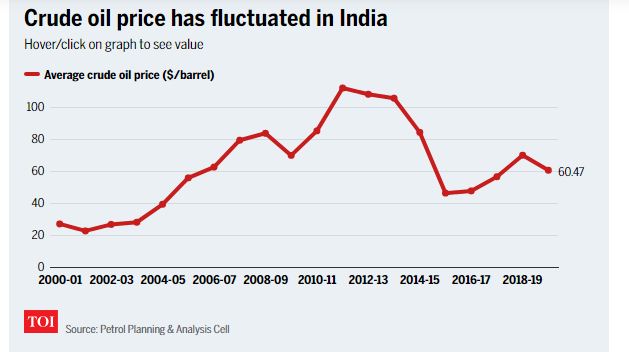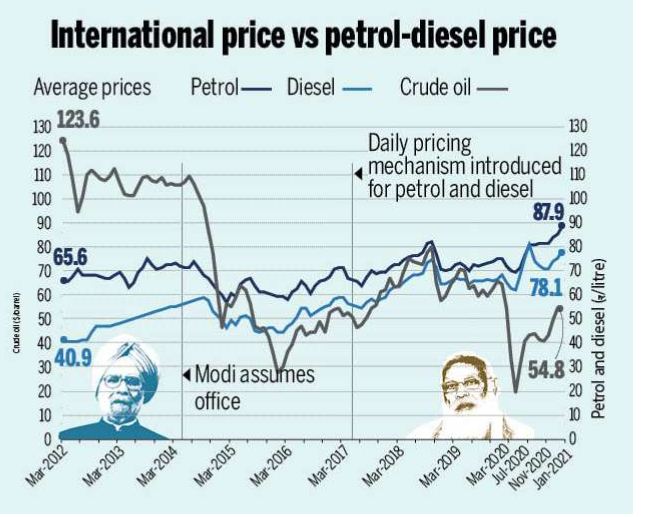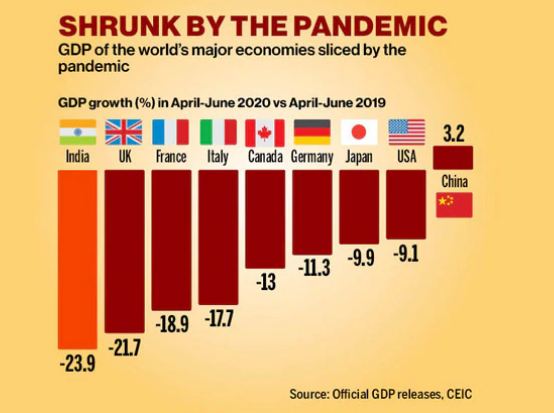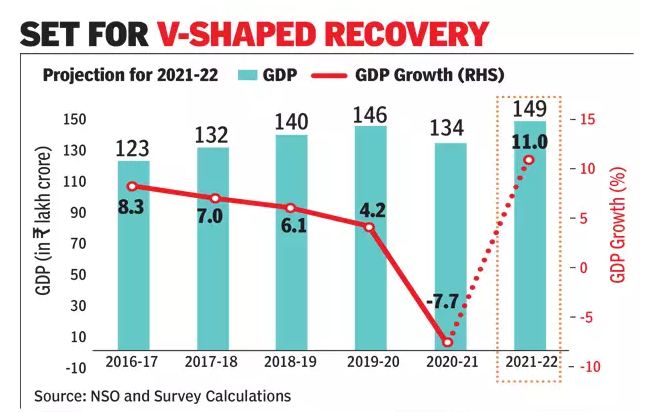Protect Your Heart for a Healthier Future
Protect Your Heart for a Healthier Future
Dr R Dwivedi, Senior cardiologist, Fortis Hospital
Hey man, do you love your heart?
Your heart is the powerhouse of your body, working tirelessly day and night to keep you alive. Yet, many of us tend to overlook its importance until something goes wrong. Heart disease is a leading cause of death worldwide, but the good news is that it is often preventable. By taking small, proactive steps today, you can reduce your risk and ensure a healthier future. Fortis hospital is committed to spreading heart health awareness and helping you make informed decisions to protect your heart before it’s too late.


Understanding Heart Disease
Heart disease refers to a range of conditions that affect the heart’s function, including coronary artery disease, heart attacks, heart failure, and arrhythmias. These conditions can develop silently over time, often without any obvious symptoms. Risk factors like high blood pressure, high cholesterol, smoking, and obesity can damage your heart gradually, leading to severe complications.
The good news is that many of these risk factors are controllable. By adopting a heart-healthy lifestyle and getting regular check-ups, you can significantly reduce your chances of developing heart disease.
Key Risk Factors Related to the Heart
It’s essential to understand the factors that can increase your risk of heart disease. Some of the most common ones include:
- High Blood Pressure: Often referred to as the “silent killer,” high blood pressure damages the arteries and increases the heart’s workload.
- High Cholesterol: Elevated cholesterol levels can lead to plaque buildup in the arteries, narrowing them and increasing the risk of a heart attack or stroke.
- Diabetes: People with diabetes are at a higher risk of heart disease due to the damage high blood sugar can cause to blood vessels.
- Smoking: Smoking contributes to the buildup of plaque in the arteries, leading to a higher risk of cardiovascular issues.
- Obesity and Lack of Physical Activity: Excess weight puts extra strain on your heart, while a sedentary lifestyle can reduce circulation and weaken heart health.
While these risk factors may sound alarming, the good news is that they can be managed and even reversed with the right lifestyle changes and medical interventions.
Don’t worry, Timely check up can reduce the the risk
Click/Contact heart specialist today to schedule your heart health check-up and take the first step toward a healthier heart… NO CONSULTATION FEE FOR THE FIRST TIME.



 Dr M Rahman, Senior marketing faculty, Galgotias University
Dr M Rahman, Senior marketing faculty, Galgotias University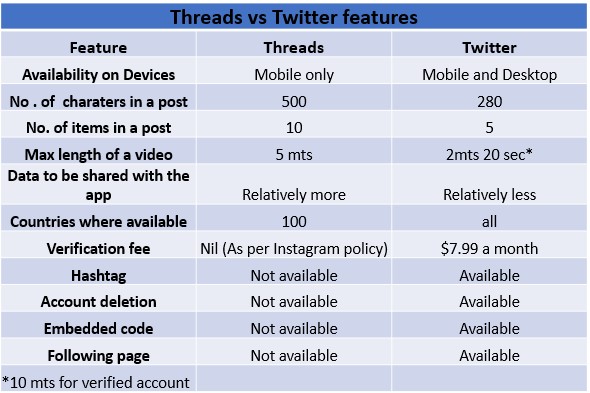
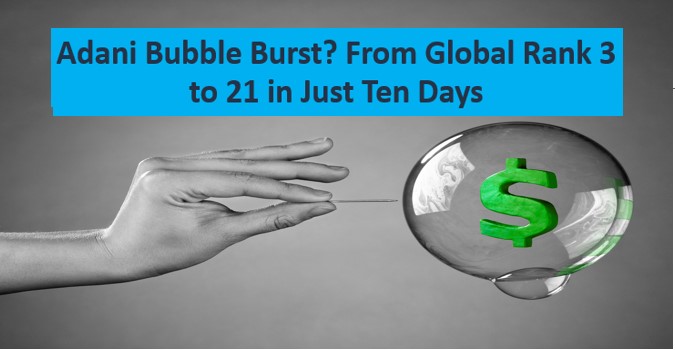
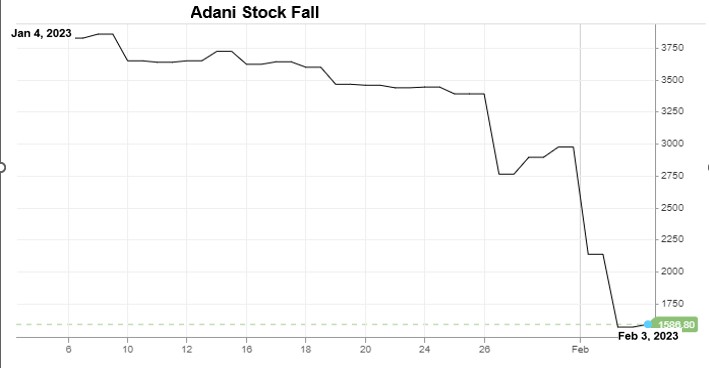
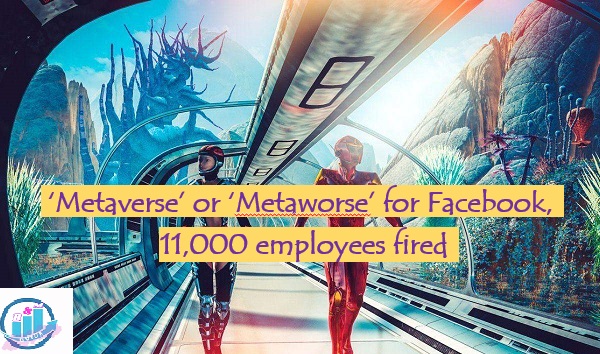







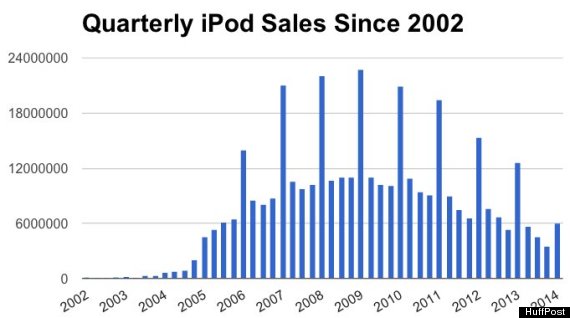
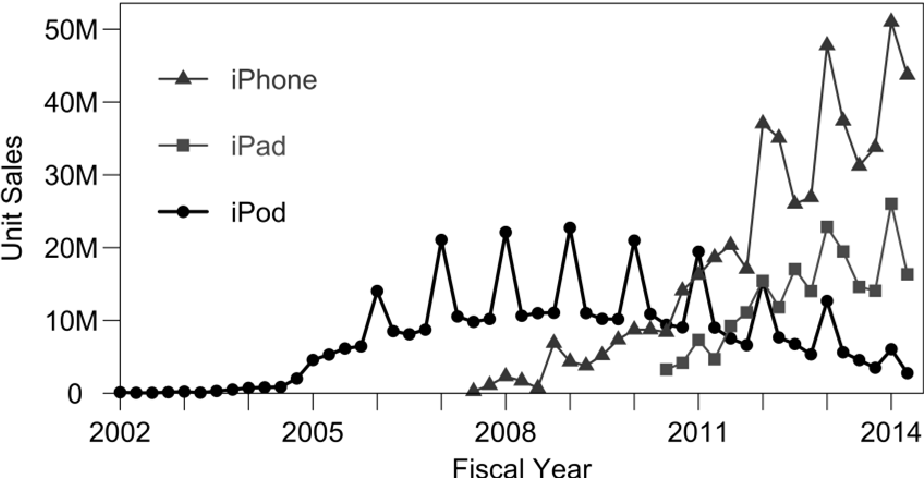
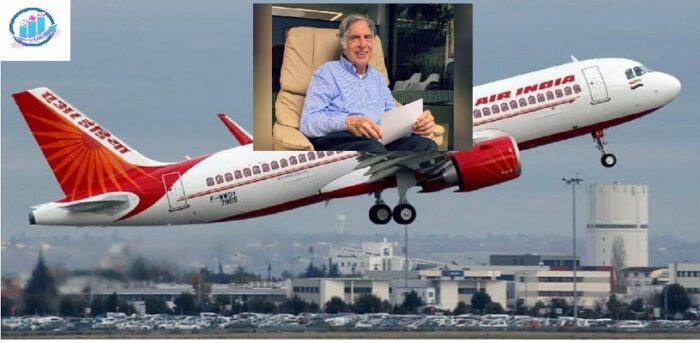
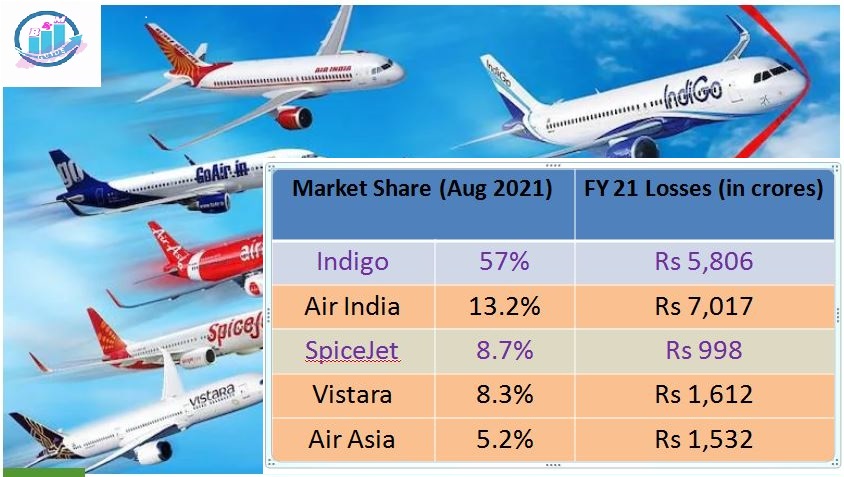

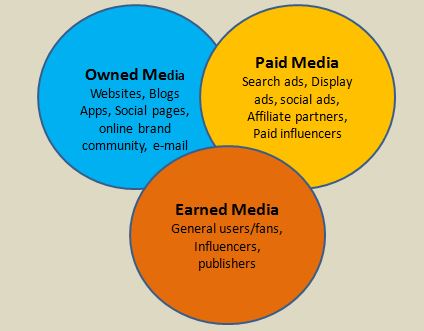
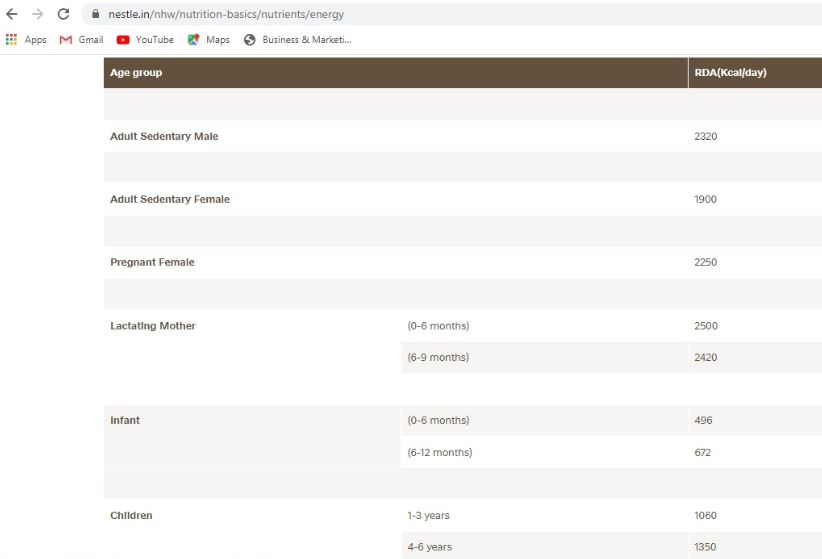
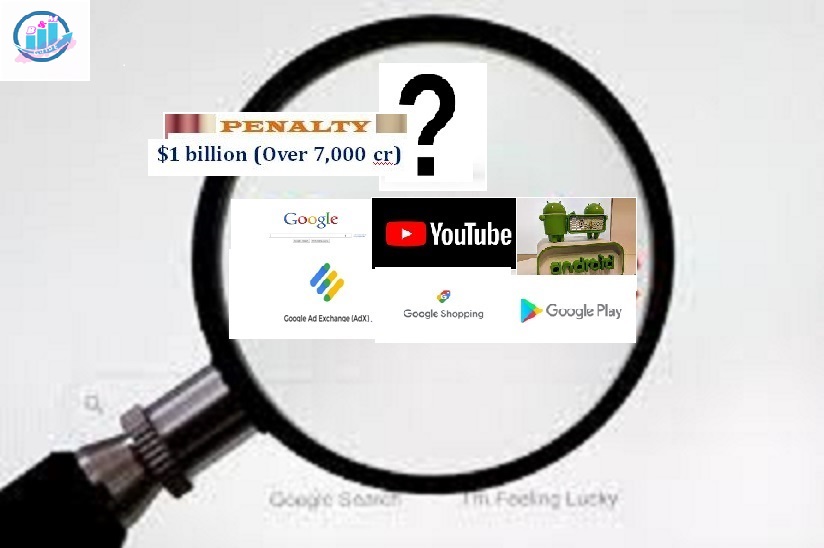
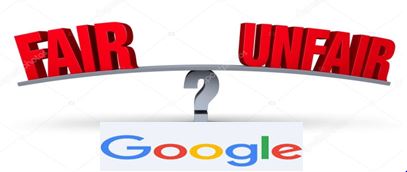
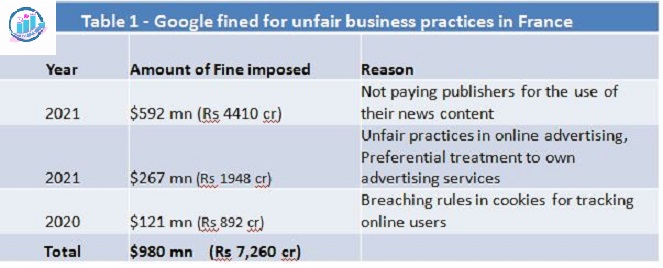
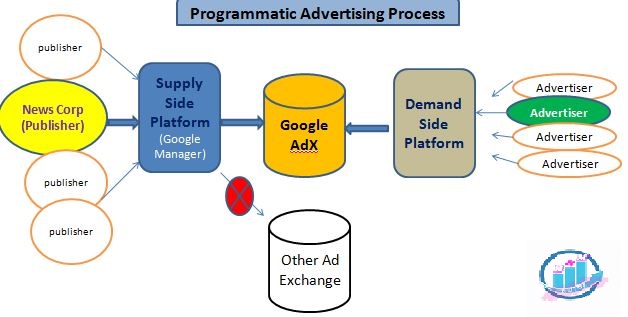






 Dr M Rahman, Associate Professor, Galgotias University
Dr M Rahman, Associate Professor, Galgotias University

